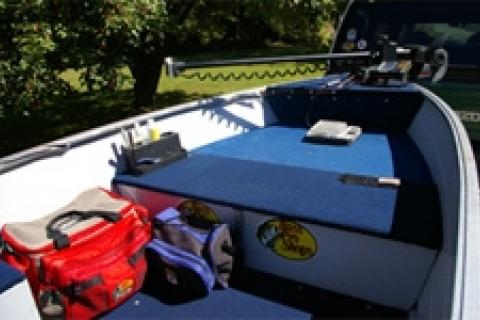
Owning a high-performance fishing boat is mostly a dream for the majority of anglers. In reality, basic aluminum boats are the most common craft you will see at the dock or puttering around the lake. Come join me for "Boat Building 101," and learn some easy ways to soup up that Plain Jane of a vessel you own.
Hey, also check out the boat video below about upgrading an aluminum fishing boat.
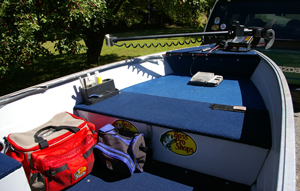
Creating a Casting Platform for Fishing
If my memory serves me well, my 14-foot Springbok aluminum boat will be celebrating its 14th birthday this year. To look at it, however, you would swear it wasn't a year old. Much of this is in part to how well I have taken care of and cleaned it, but it is also to the fact that I have re-vamped a large portion of the body to stay with the times.
One of the best additions you can make to your aluminum boat is to construct a casting deck. This is the front floor portion of the boat that is raised in order to give the angler a better view of the casting area and to help with movement while up fishing. Although my boat did come with a small casting deck standard, I took it upon myself to construct a larger version that was significantly raised.
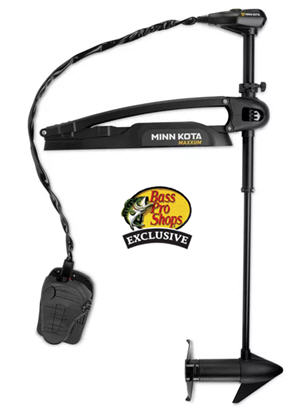
The logistics of building a deck are quite simple for most that are familiar with basic carpentry. First a template is drawn of the inside bow area. It can be a bit tricky when dealing with the sloping angles; however, I found that using a cardboard template and actually fitting it into your working area will simplify the task. You will then want to construct sturdy wooden supports for the plywood deck to sit on. None of the supports need to be attached or adhered to the body of the boat. Only the plywood deck itself will be anchored to the base with the use of screws. Before attaching the actual deck, however, you will want to cover the wood with a high-quality boat carpet. This covering will ensure a non-slip surface and will soften any loud sounds or banging you will make — a definite plus when dealing with skittish fish.
Trolling Motors
I can still remember the first two seasons I relied on oars to help me get around my fishing spots. The pain and anguish it caused will be forever etched in my mind, although this soon passed with my discovery of the electric trolling motor.
Trolling motors are a wonderful tool for the angler looking to get more from their boat and from the time spent on the lake. These motors are relatively weedless, are quiet and can get you where you want to go with ease. A foot-controlled bow mount electric motor is the definite way to go, and now that you have a front deck, it will be the perfect addition.
The one thing to keep in mind before selecting a bow mount motor is to make sure that you have a "bow mount." This is the platform that the motor will sit on, and is quite easy to make once you see what I mean. The peddle for your new motor will sit on your freshly made deck and, voila, you're off to the races. A trolling motor of this type will allow hands-free steering, which is a big plus when fishing certain areas.
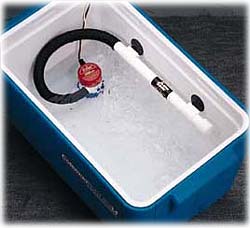
One thing to keep in mind when selecting a motor is power. Whether to choose a 12-volt or 24-volt is a personal preference, but it would be wise to select the most powerful design that will both fit your budget and your boat. Increased power will enable you to fish longer with more thrust -- a combination that will seem priceless.
Adding a Livewell to Your Boat
If you are into catch and release fishing, or would like to keep your catch fresh for the dinner table, a livewell on board is the route to take. Although most basic aluminum boats are not outfitted with a factory well, it can be quite easy to install one yourself.
Livewell kits can be purchased from most marina or tackle shops, or you can construct your own livewell with a little ingenuity. Any type of large container with a snug lid will do, as long as it is roomy enough for the fish you are after and the aerator that is necessary. Many people opt for large coolers, as these are the right dimensions for the job in hand.
Once you decide on a container, attach the system to the inside of your boat to stop it from bouncing while your boat is moving. Next step is to hook up the aerator and attach it to a battery for its necessary power.
Tip: Shop aerator pumps and bilge pumps at
Install a Bilge Pump
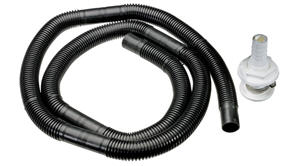
Plumbing Kit
How many times have you wandered down to the dock to find your boat filled to the brim with water? Next time, instead of using elbow grease and a pail to find your boat again, how about installing a bilge pump like Bass Pro Shops Marine pump to make the job easier.
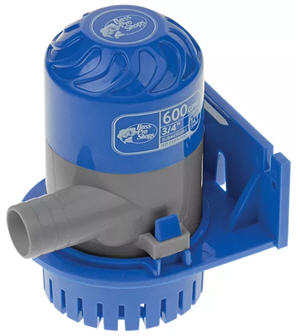
A bilge pump is a luxury item on my aluminum that I would be lost without. It is such a simple action to flick a switch and know that any water that comes on board, either through a downpour, a leak or ferocious waves can be expelled quickly and easily.
Pumps can be purchased for less than $50, and the installation is a breeze. Simply adhere the unit to the stern floor of the boat and hook it up to your onboard battery. This handy little gizmo will take care of the rest.
Aluminum boats are the standard when it comes to fishing, although they can be taken to the next level. Experiment with rigging your craft this coming season, and turn your "plain jane" into the envy of the lake. And who knows, you just might win the lottery instead and get that bass boat you've always dreamed of.
In this video, Justin talks about upgrading an aluminum fishing boat
{"preview_thumbnail":"//afd-production-eru2ractomp34-gjdjeybzcubvfrgz.z01.azurefd.net/sites/default/files/images/videos/192/thumbs/PCNSL9iXQTp.mp4_00007.png\" scrolling=\"no","video_url":"https://1source.basspro.com/video/general-fishing/1431/upgrade-your-aluminum-fishing-boat","settings":{"responsive":1,"width":"660","height":"395","autoplay":0},"settings_summary":"Embedded Video (Responsive)"}
- 128508 views

